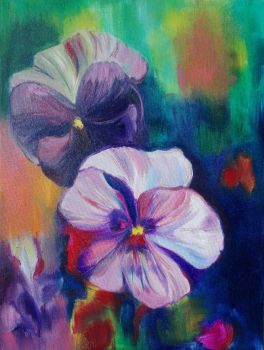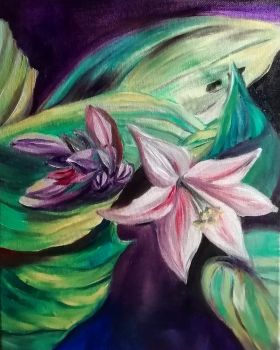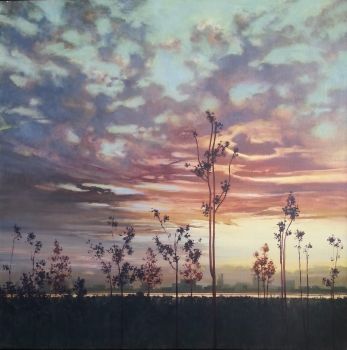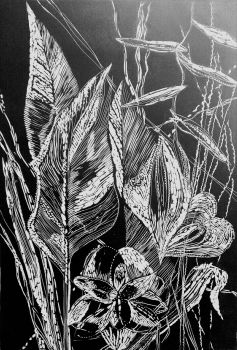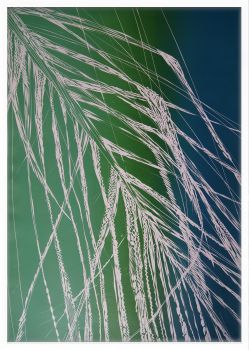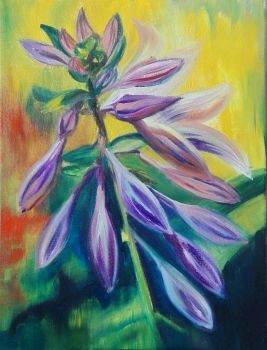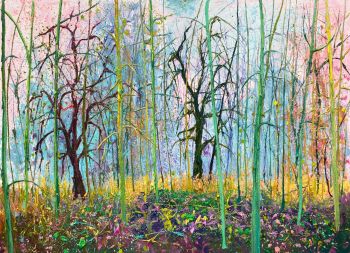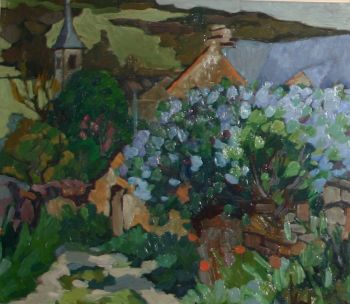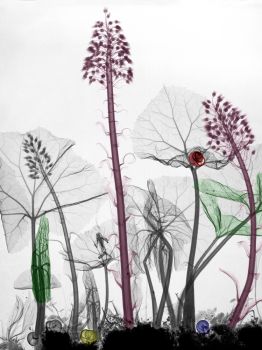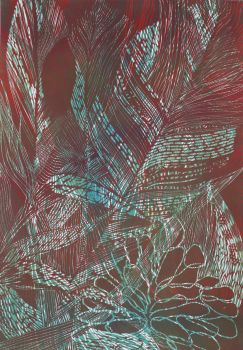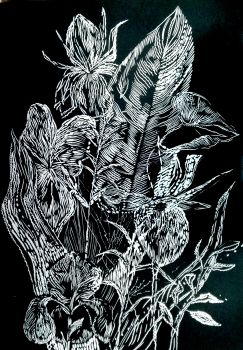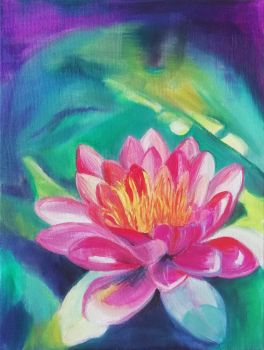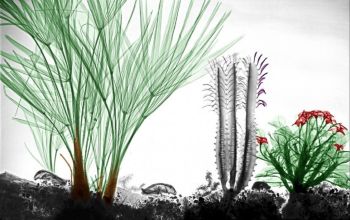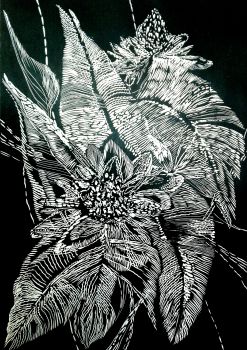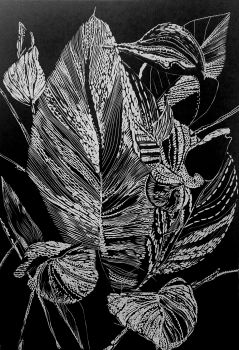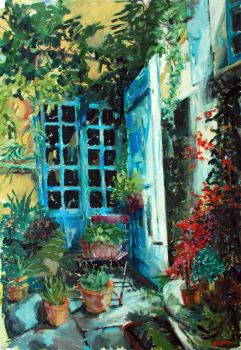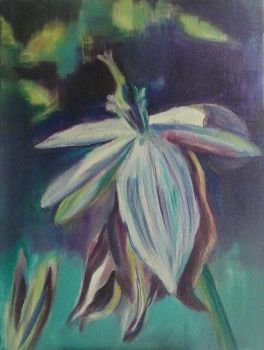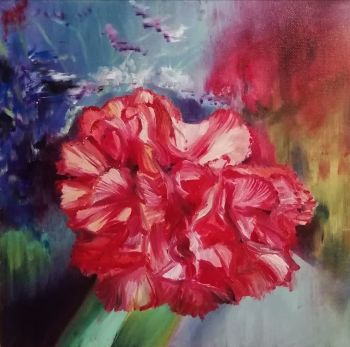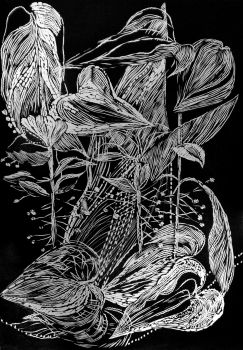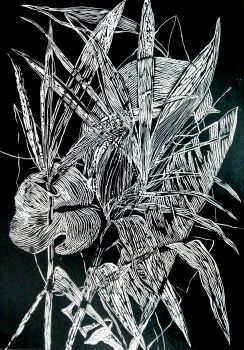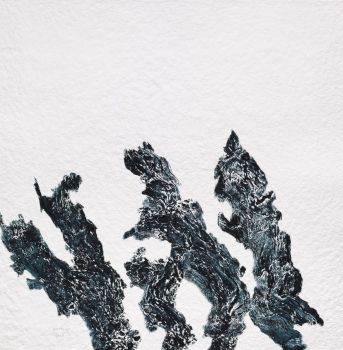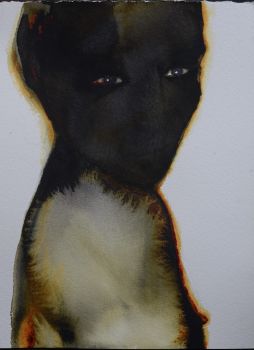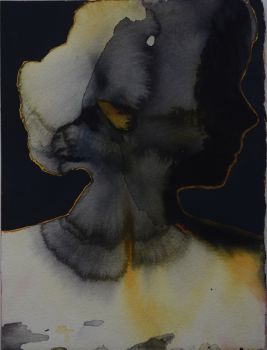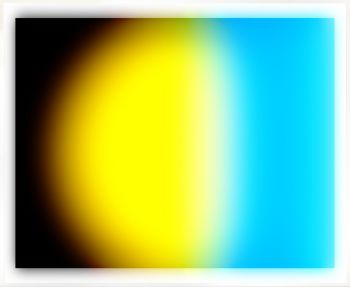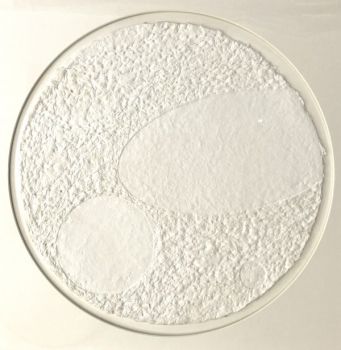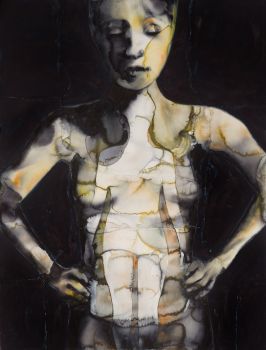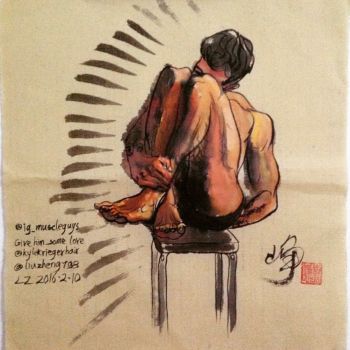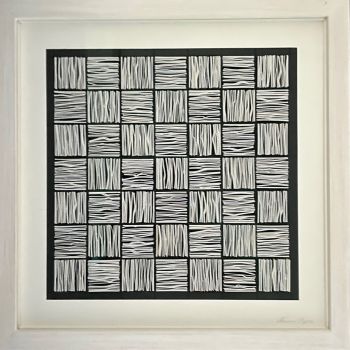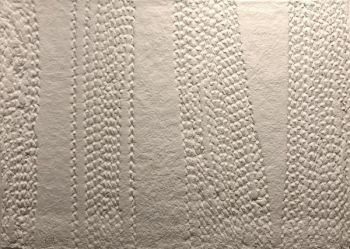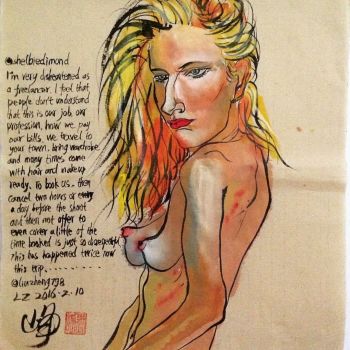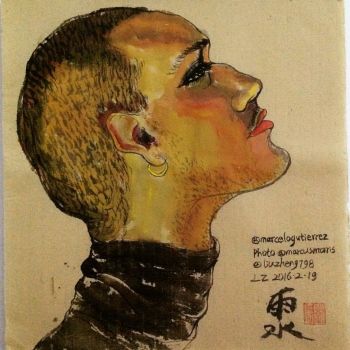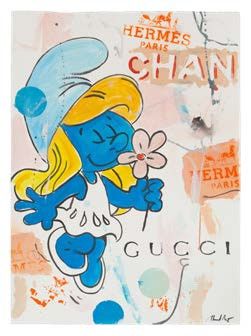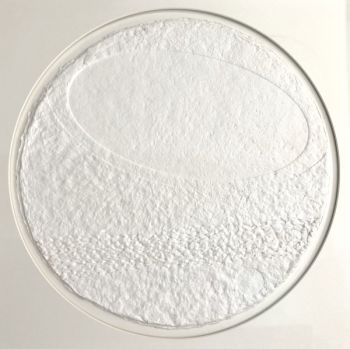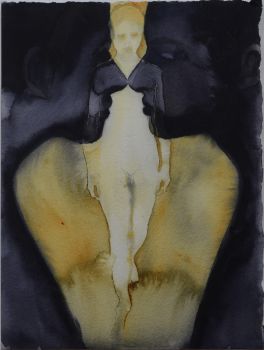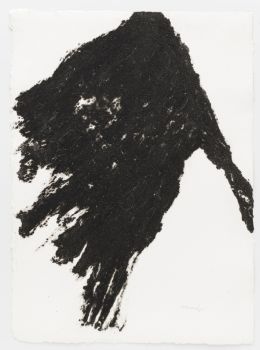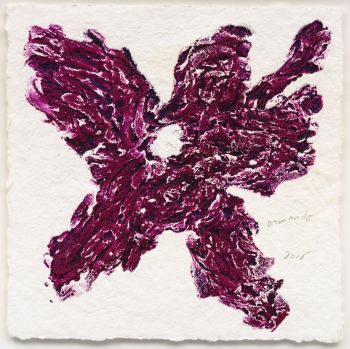Declaring Arabic medicinal plants “pernicious and venomous” for Europeans 1533
Symphorien Champier
CartaCarta fatta a manoPelle
Attualmente non disponibile tramite Gallerease
- A proposito di opere d'arteHortus Gallicus, pro Gallis in Gallia scriptus, veruntamen non minus Italis, Germanis, & Hispanis, qua[m] Gallis necessarius. ...
Including:
-Campus Elysius Galliae Amoenitate refertus: in quo sunt medicinæ compositæ, herbæ & plantæ virentes: in quo quicquid apud Indos, Arabes, & Poenos reperitur, ...
-Periarchon id est de principiis utriusque philosophiae, ...
Lyon, Melchior & Gaspar Trechsel, 1533. 3 parts in 1 volume. 8vo. With 3 title-pages each with the same woodcut device, the woodcut arms of Champier and Terrail (Champier's wife) in mirror image (plus 2 repeats), the Terrail arms at the end, 14 woodcut decorated initials plus 9 repeats, and a vine-leaf ornament. Gold-tooled red goatskin morocco by Hippolyte Duru for Joachim Gomez de la Cortina, Marqués de Morante, each board with Morante's crowned coat of arms and his crowned JGC cipher monogram in each of the four corners and 3 of the 6 spine compartments.
First issue of the first and only edition, in the original Latin, of a three related treatises arguing against the European use of the new medicinal plants that were beginning to find their way from the Middle East or "India" to European botanical gardens along with the great Arabic works of medical botany. Symphorien Champier (1471/72-ca. 1539), a humanist physician in Lyons, mixes elements of climate, ethnicity, nationalism and religion to claim that the exotic medicines were often "pernicious and venomous" for Europeans, and he proposes indigenous alternatives to them (God in his wisdom provides each region with the plants it needs). He takes this even to a national level within Europe, based on the differing character and nature of the people of different nations. He was influenced by Brunfels, who had made similar arguments for Germans to use German plants.
With an early owner's name on the title-page. Joachim Gomez de la Cortina (1808-1868), a Spanish senator and rector of the University of Madrid, was one of the leading bibliophiles of his day. The elegant binding is signed by Hippolyte Duru (1803-1884) in Paris and dated 1850. With waterstains and browning in the first 2 and last 2 leaves and the foot of 2 leaves in part 2, but otherwise in very good condition. The binding fine, a couple tiny insignificant scuff marks on the edges and a small label removed from the back paste-down. A lovely copy of a fascinating work, reflecting European fears of Arabic medical botany.
Allut 39; Baudrier XII, p. 240 ; Durling 934; Cat. lib. Gomez de la Cortina 11755 (this copy); for the binder Duru: Flety, p. 65. - A proposito di opere artistaSymphorien Champier (1471–1539), medico lionese nato a Saint-Symphorien (Francia), era imparentato con il cavaliere di Bayard attraverso sua moglie, Marguerite Terrail. Dottore in medicina a Montpellier, Champier fu il medico personale di Antonio, duca di Lorena, che seguì in Italia con Luigi XII e si stabilì infine a Lione. Ha lavorato a Lione dove ha fondato il Collegio dei Medici di Lione. Lì svolse le funzioni di assessore e contribuì a numerose fondazioni locali, in particolare L'Ecole des médecins de Lyon ("La scuola dei dottori di Lione"). Champier studiò inoltre studiosi greci e medicina araba e compose un gran numero di opere storiche, tra cui Chroniques de Savoie nel 1516 e Vie de Bayard nel 1525. È noto per il suo trattato La nef des dames vertueuses [La nave delle dame virtuose], uno dei primi trattati "femministi" scritti in francese. Fu un estremo oppositore dell'occultismo rinascimentale e scrisse nel 1532 una "Epistola campegiana de tranmutatione metallorum contra alchimistas". Gli storici ritengono che sia morto nella seconda parte del 1539.
Artwork details
Categoria
Soggetto
Materiale e Tecnica
Related artworks
Engelbert Kaempfer
IL LIBRO DI ENGELBERT KAEMPFER1651 - 1716
Prezzo su richiestaZebregs & Röell - Fine Art - Antiques
Tilmanus Nicolaus Maastricht
Missale Romanum con fornimenti d'argento olandesi1788 - 1792
Prezzo su richiestaJacob J. Roosjen SRI
Antonie Derkinderen
Memory book Exhibition of Dutch Painting1892
Prezzo su richiestaKunsthandel Pygmalion
Antonie Derkinderen
Memory book Exhibition of Dutch Painting1892
Prezzo su richiestaKunsthandel Pygmalion
Engelbert Kaempfer
IL LIBRO DI ENGELBERT KAEMPFER1651 - 1716
Prezzo su richiestaZebregs & Röell - Fine Art - Antiques
Tilmanus Nicolaus Maastricht
Missale Romanum con fornimenti d'argento olandesi1788 - 1792
Prezzo su richiestaJacob J. Roosjen SRI
LAWRENCE WEINER
"SKIMMING THE WATER [MENAGE A QUATRE]" Signed book plus small artwork2010 - 2014
Prezzo su richiestaGallerease Selected
1 - 4 / 22- 1 - 4 / 24
- 1 - 4 / 24

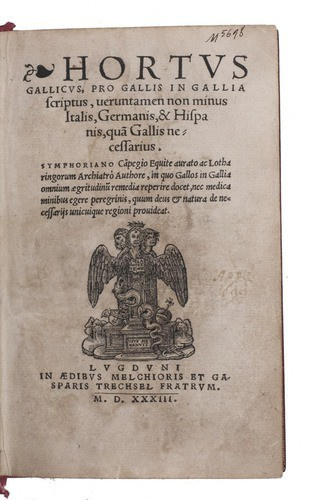

















!["SKIMMING THE WATER [MENAGE A QUATRE]" Signed book plus small artwork by LAWRENCE WEINER](https://media-2.gallerease.com/images/442bfd5f-fc31-4e18-a2fa-ee0c08eade64/350x350/skimming-the-water-menage-a-quatre-signed-book-plus-small-artwork.jpg)

